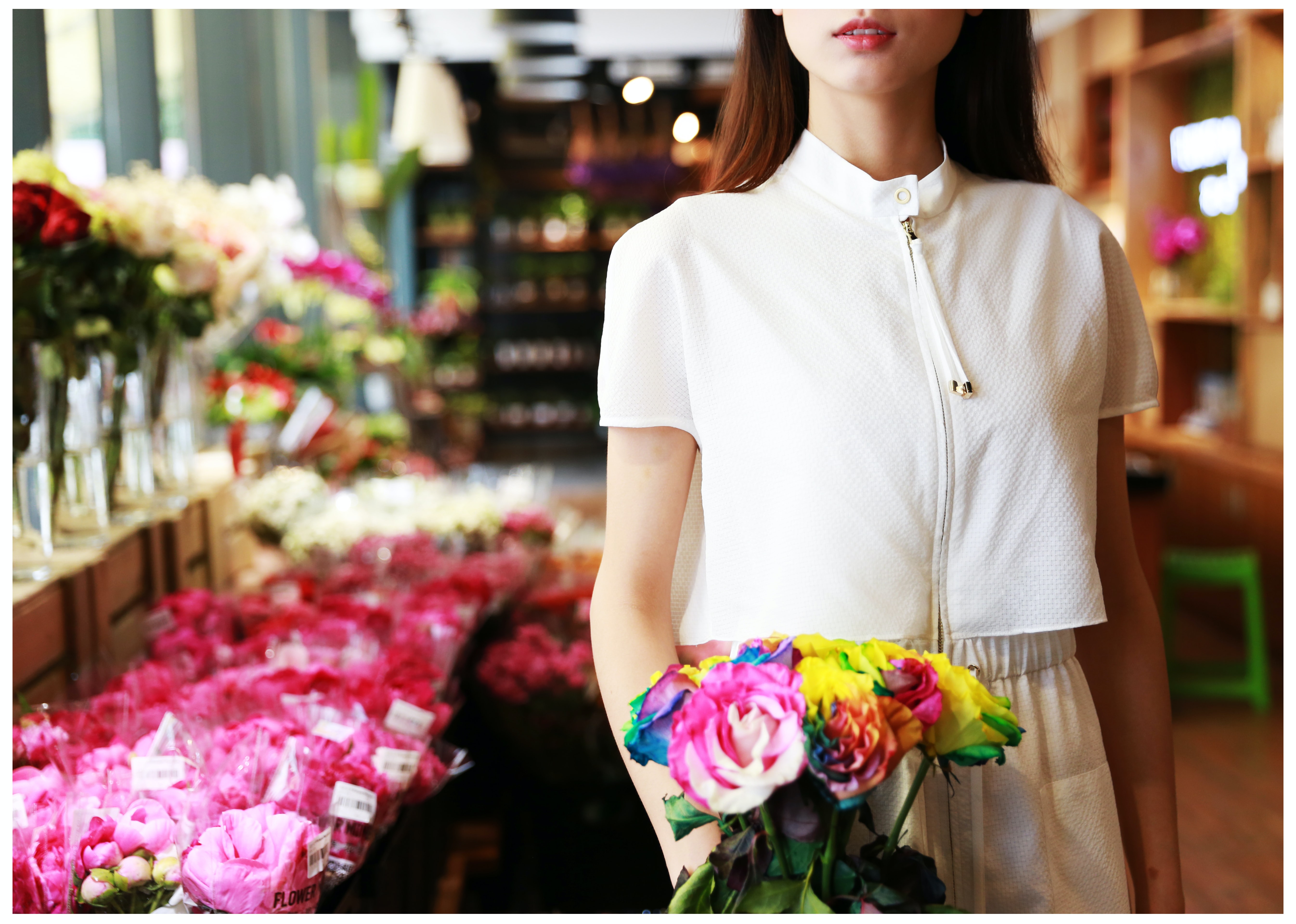THOUGHT LEADERSHIP
How China’s ‘Revenge Travel and Spending’ will boost luxury?
The mainland is finally on the move again — and with revenge travel comes revenge shopping. What trends emerged over the Chinese New Year holiday?
Takeways
- With revenge travel also came revenge spending.
- The bulk of mainland visitors are so far opting for shopping hubs closer to home like Macau, Hong Kong, Thailand, Taiwan and South Korea.
- This is all very good news for the luxury, fashion, beauty, travel and leisure markets
Read further as Nicolas Nesme, VP at VISEO China and David Liu, Cegid Practice Manager at VISEO China explore the luxury retail sector in China and the key trends and challenges emerging from Chinese New Year.
Revenge travel and spending: Chinese New Year domestic tourism generates over $55 Billion in revenue
In the first six days of the Chinese New Year holiday, a total of 308 million tourism trips within China were made, data from the Ministry of Culture and Tourism showed. With revenge travel also came revenge spending; total revenue generated from domestic tourism during this year’s holiday stands at 375.8 billion yuan ($55.6 billion), a 30 percent year-on-year increase from 2022, and 73.1 percent higher than in 2019.
It was good news for luxury as key malls like Shanghai’s Plaza 66 saw long queues form outside Chanel, LV and Hermès. The LV store’s total revenue reportedly reached 10 million RMB ($1.48 million) a day during the festive season.
The mainland is finally on the move again — these travel figures being the latest sign of China’s travel rebound after a hiatus of three years. Travel saw a 23.1 percent increase from the same period last year and is at 88.6 percent of 2019’s level, prior to the COVID-19 outbreak, reports Reuters.
This data is encouraging for local and international brands operating in China and beyond. Domestic tourism and shopping are likely to experience a healthy boost this year, with a strong kick-off during the country’s most popular annual travel period. Revenge travel for the Chinese has, however, been limited to internal and short-haul destinations so far. According to China’s official flight tracker, Hong Kong, Macau, Bangkok, Phuket, Taipei and Singapore make up the top five destinations outside of the mainland.
"Mainland shoppers have flocked to local tourism hubs like Macau and Hainan over Chinese New Year and are expected to visit Asian destinations like Thailand and Singapore before returning in droves to European fashion capitals later this year" says Nicolas Nesme, VP at VISEO China.
China’s revenge spending was particularly evident in popular destinations such as Hainan’s Sanya, which received a massive influx of tourists seeking sun, sea, and retail therapy. Duty free stores there saw business surge, with sales totaling 380.7 billion RMB ($56.4 billion) over the seven-day festival, up 20.69 percent from 2022’s and 329 percent from 2019’s Chinese New Year period, as reported by local news outlet Hainan Daily.
Within China, Sichuan was the most popular domestic tourist destination, hosting 53.9 million visitors (up 24.7 percent year on year), while Yunnan, known for its nature and outdoors tourism, recorded the highest tourism revenue at $5.7 billion (38.4 billion RMB), a whopping 249 percent annual increase. Spending on entertainment also climbed: Box office sales soared, hitting $993.8 million over 2023’s holiday period, up 14 percent from 2019.
"Get ready for the return of the shoppers from the world’s second-largest economy" says David Liu, Cegid Practice Manager at VISEO China
This is all very good news for the luxury, fashion, beauty, travel and leisure markets, of course. Higher hopes for China’s economic recovery and a positive consumer sentiment can only boost these global industries. Since the drop of the severest pandemic restrictions on internal and international travel in early January 2023, this Chinese New Year has shown that the population is keen to spend and take in new experiences. Brands should be strategizing on how to competitively engage with this reenergized market.
* source: The Jing Daily, 2022


